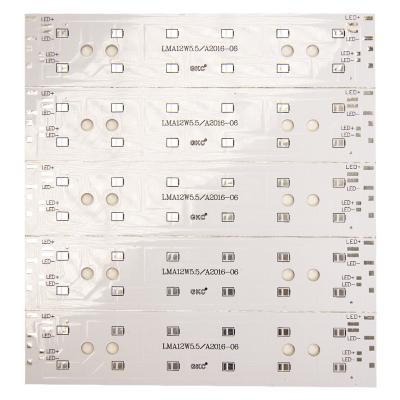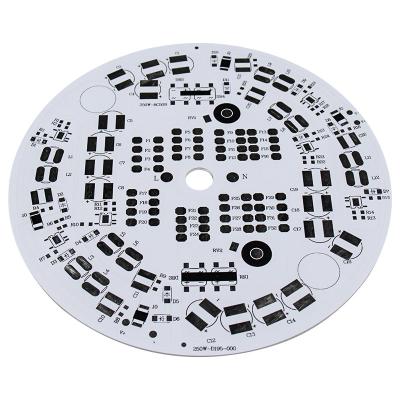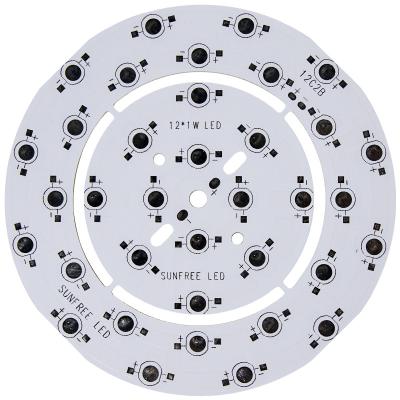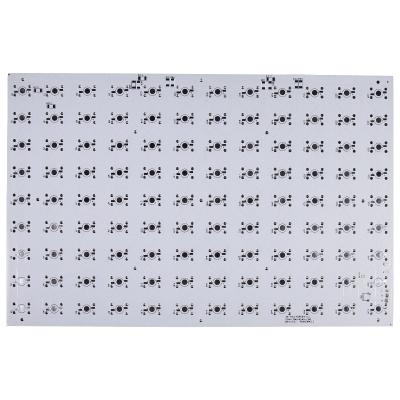ABOUT ALUMINUM PCBS
Most common among metal-core printed circuit boards is the aluminum PCB. This type of printed circuit board is built on top of an aluminum alloy base, instead of a fiberglass base. The alloy usually consists of a combination of magnesium, aluminum and silumin, altering the properties of the metal to best suit the needs of the application.
All aluminum PCBs consist of the following layers:
-
The Base Layer: The base layer of the PCB is the aluminum alloy sheet upon which the rest of the PCB builds. This alloy is typically designed to provide maximum electrical insulation and thermal conductivity.
-
The Thermal Insulation Layer: This layer is extremely important in the design of the PCB. Consisting of a ceramic polymer, this layer protects the PCB from mechanical or thermal damage by offering thermal resistance and viscoelastic properties. This works by absorbing the heat created as the current moves through the circuits and transferring it to the aluminum layer — there it disperses.
-
The Circuit Layer: This layer contributes most to the end function of the board, containing the copper foil circuits needed for the PCB to function.
These layers occur in any number of variations, with one or several thermal and circuit layers depending on the particular application. The layers listed also lend a number of different benefits to aluminum PCBs, which can be of use to several key industries.













